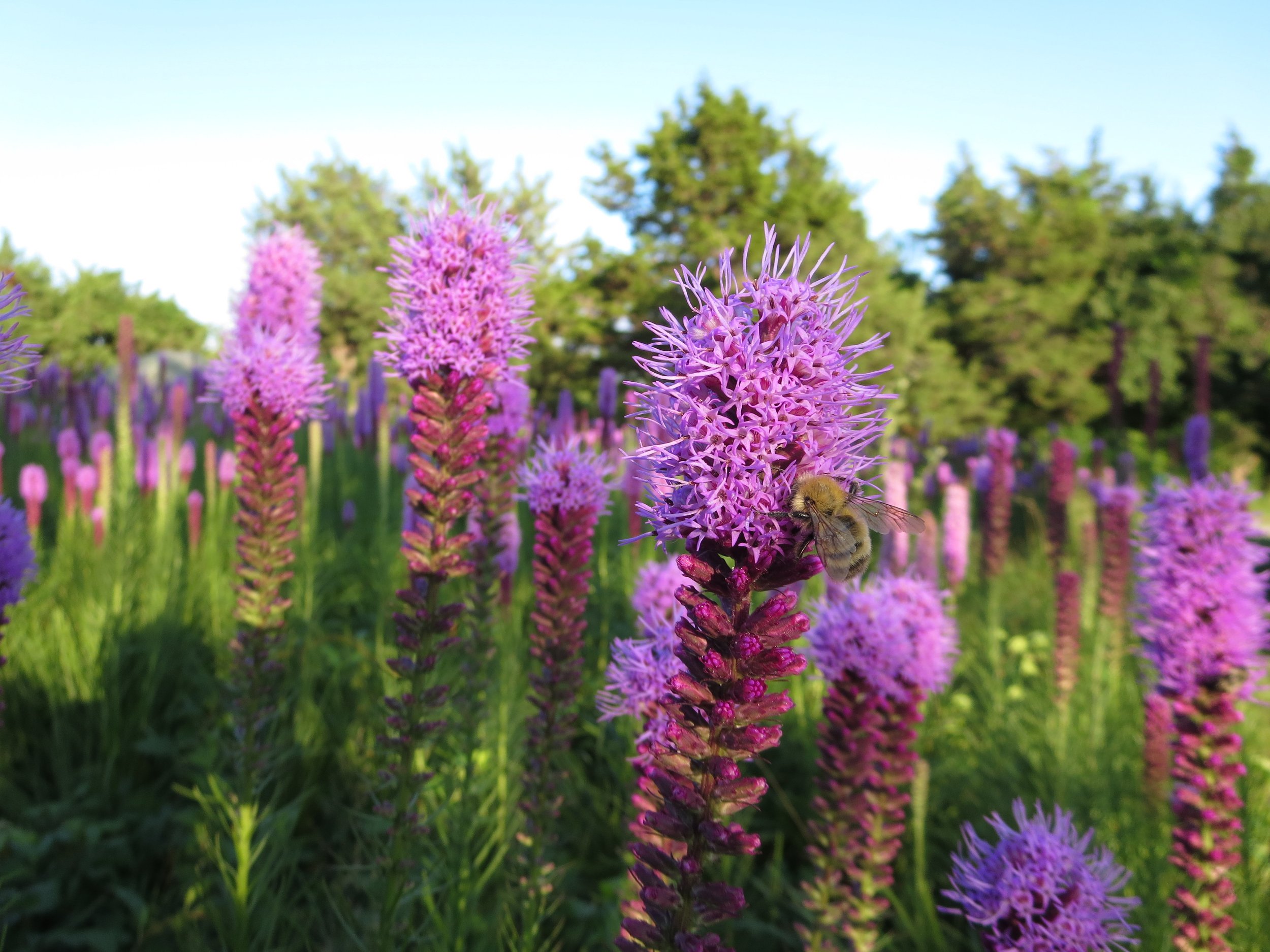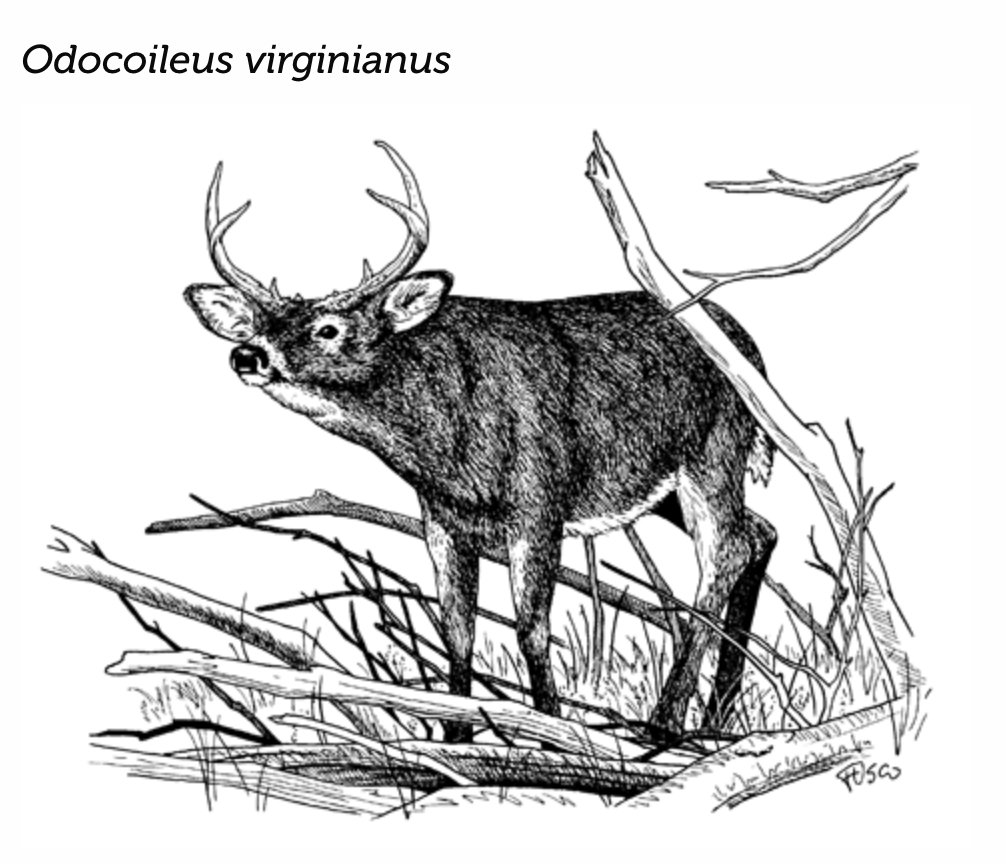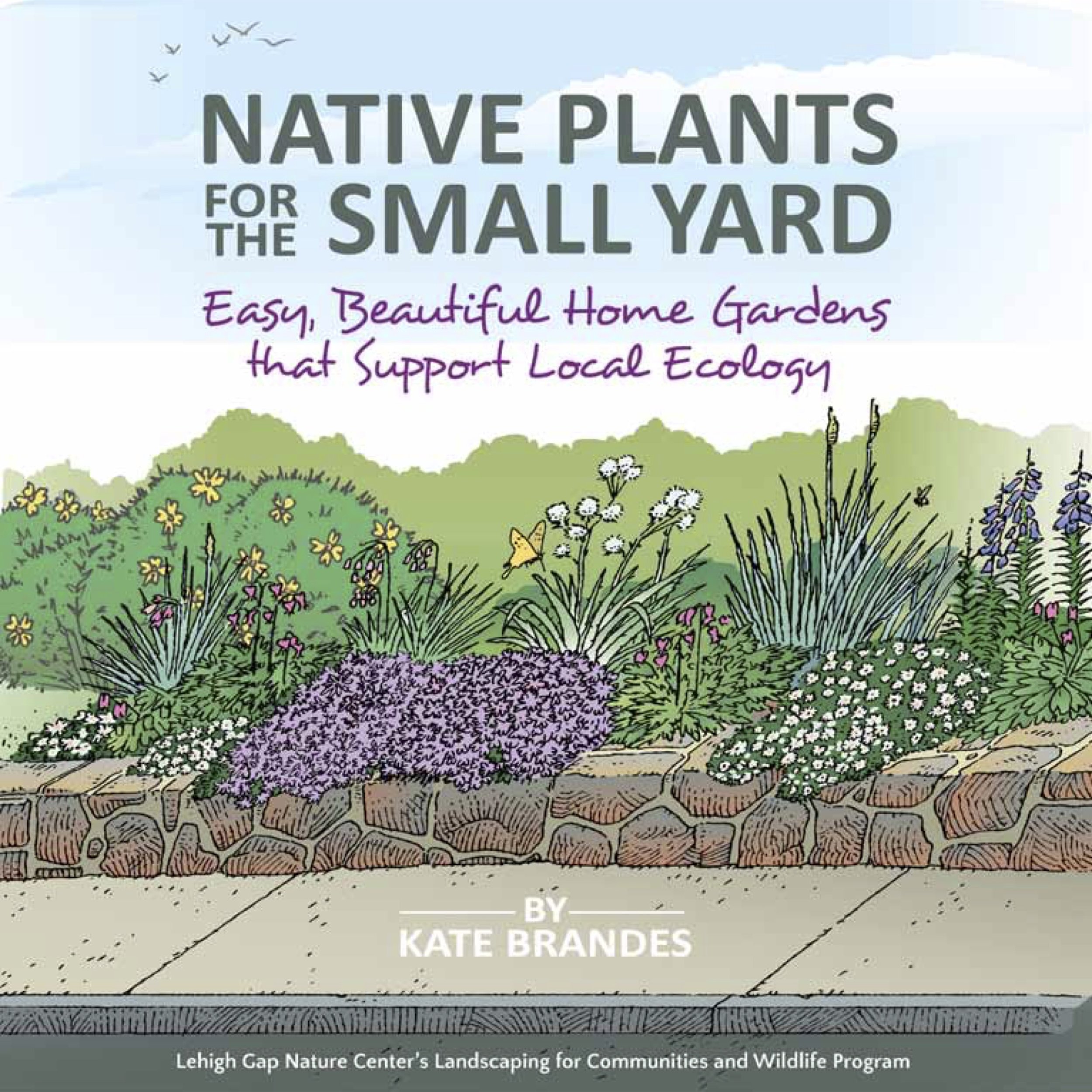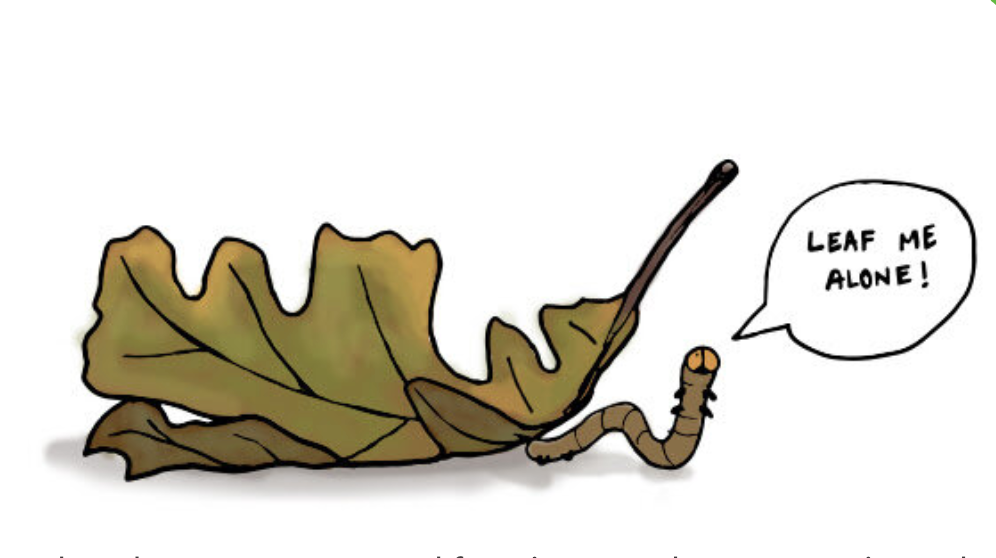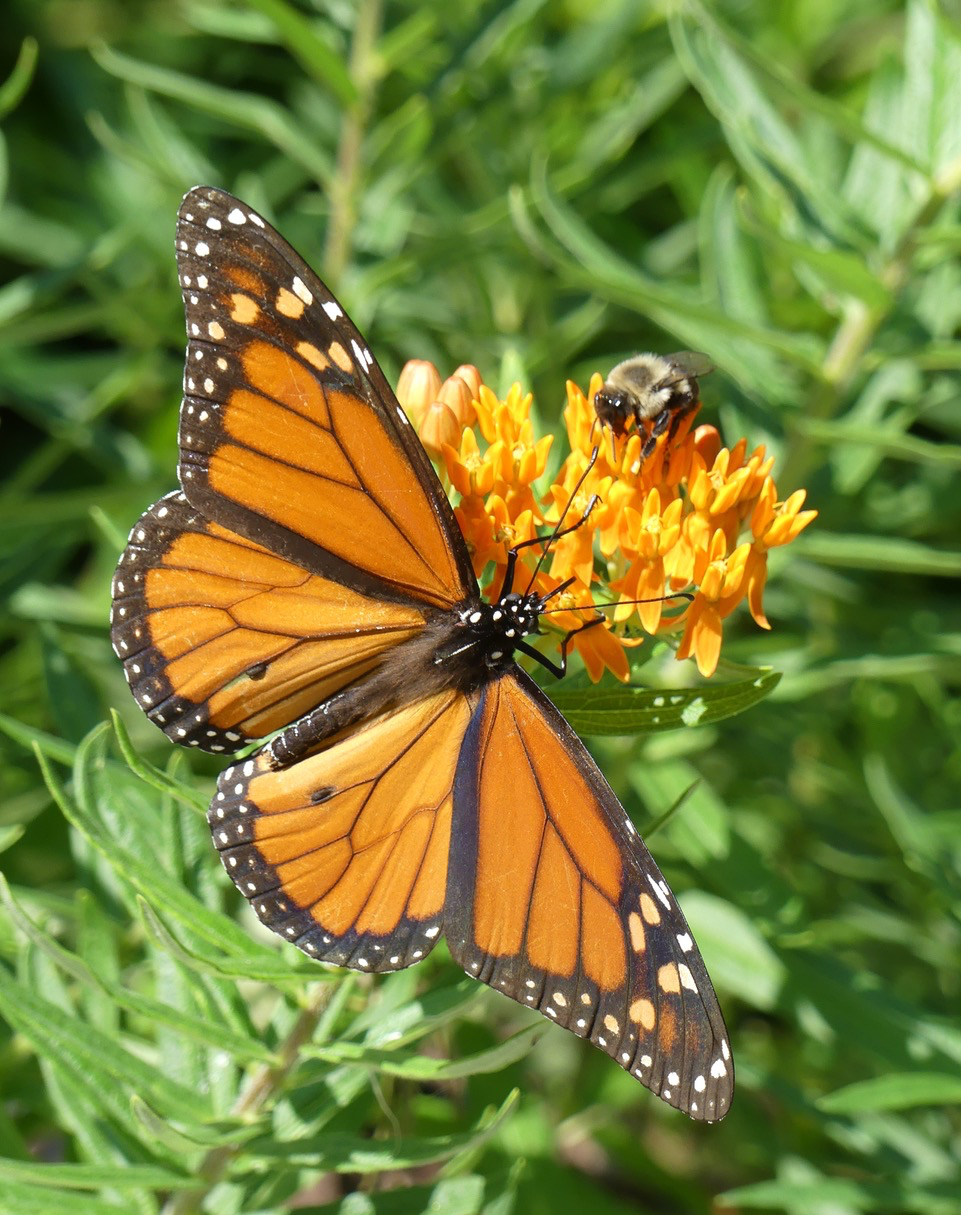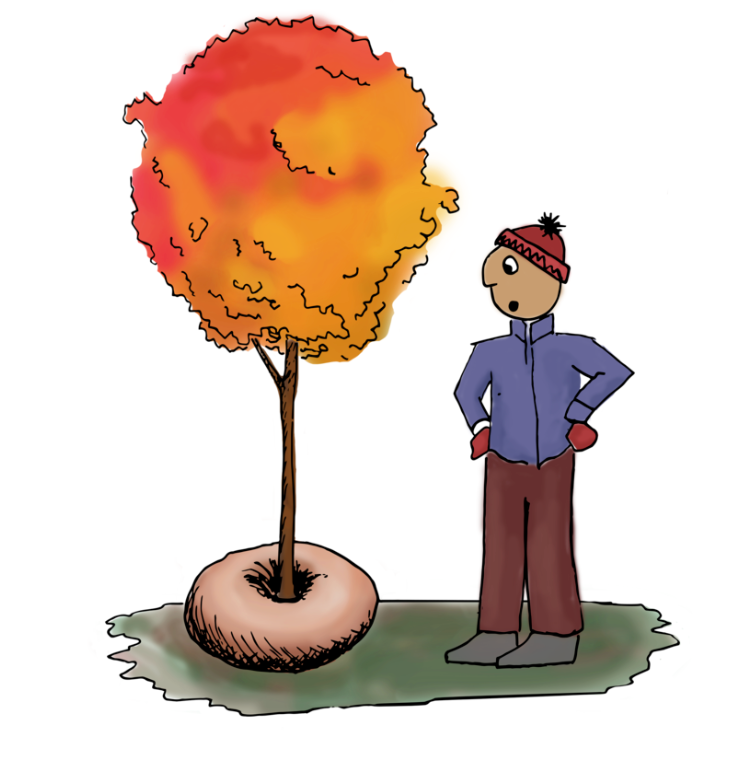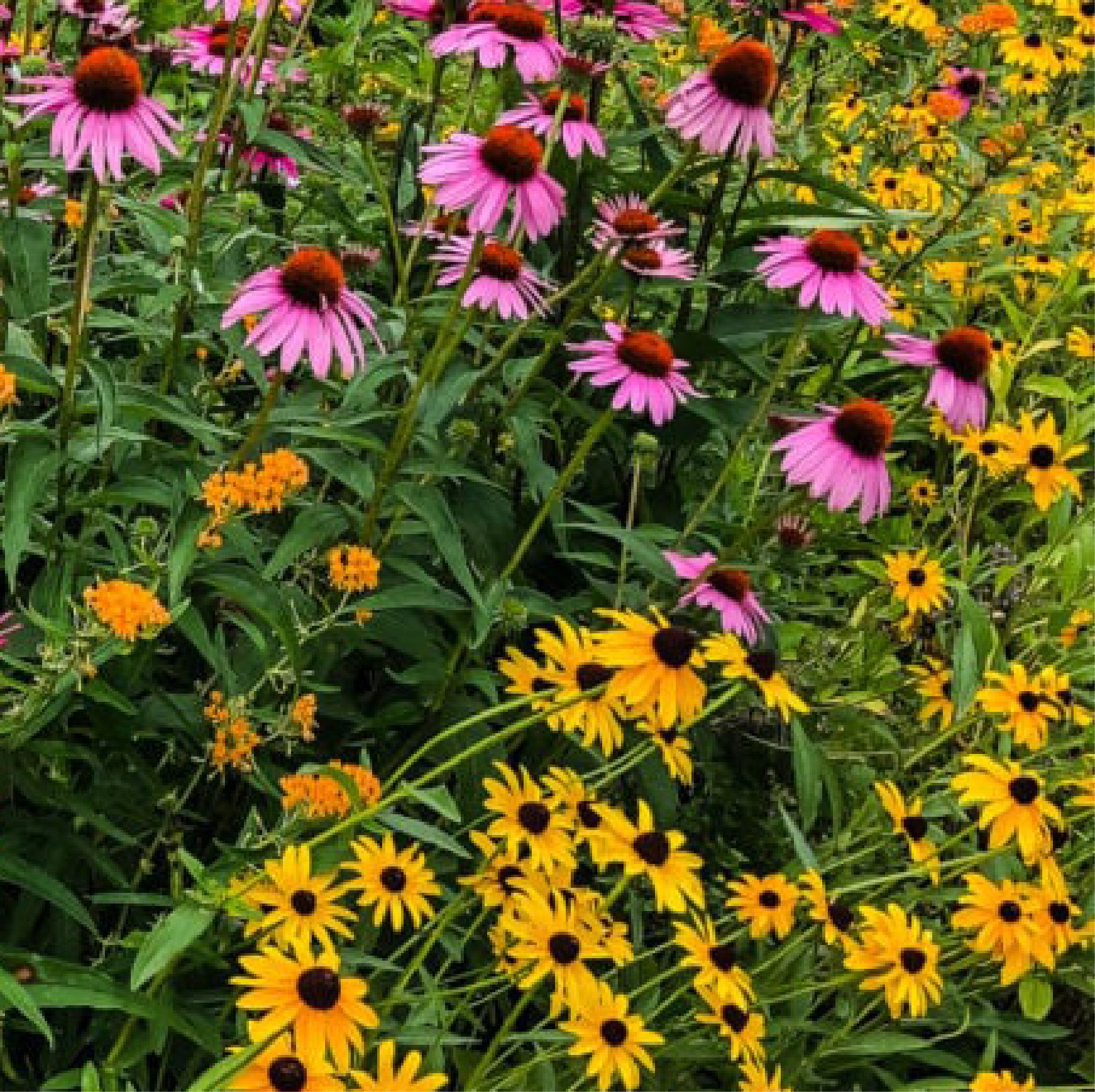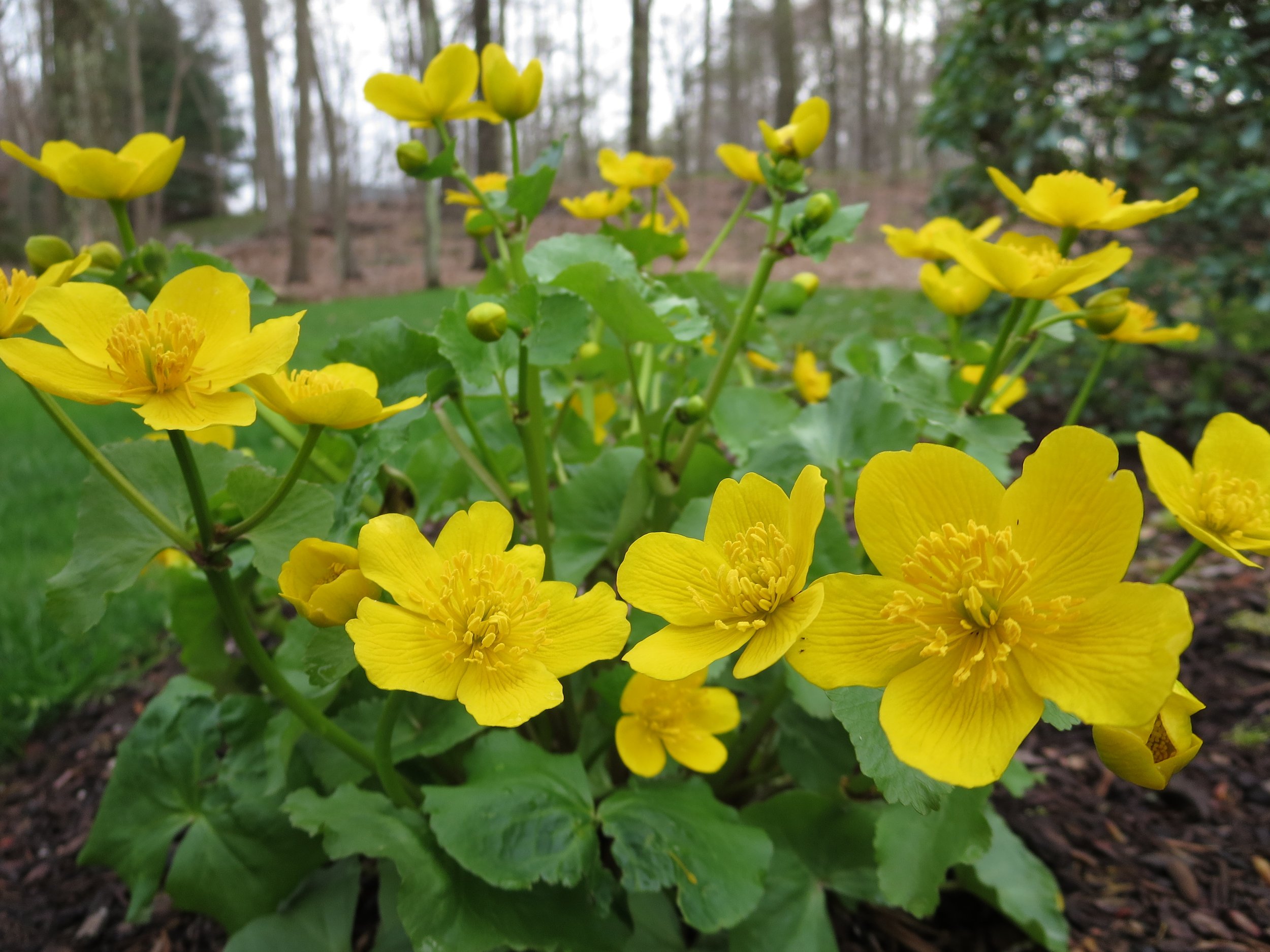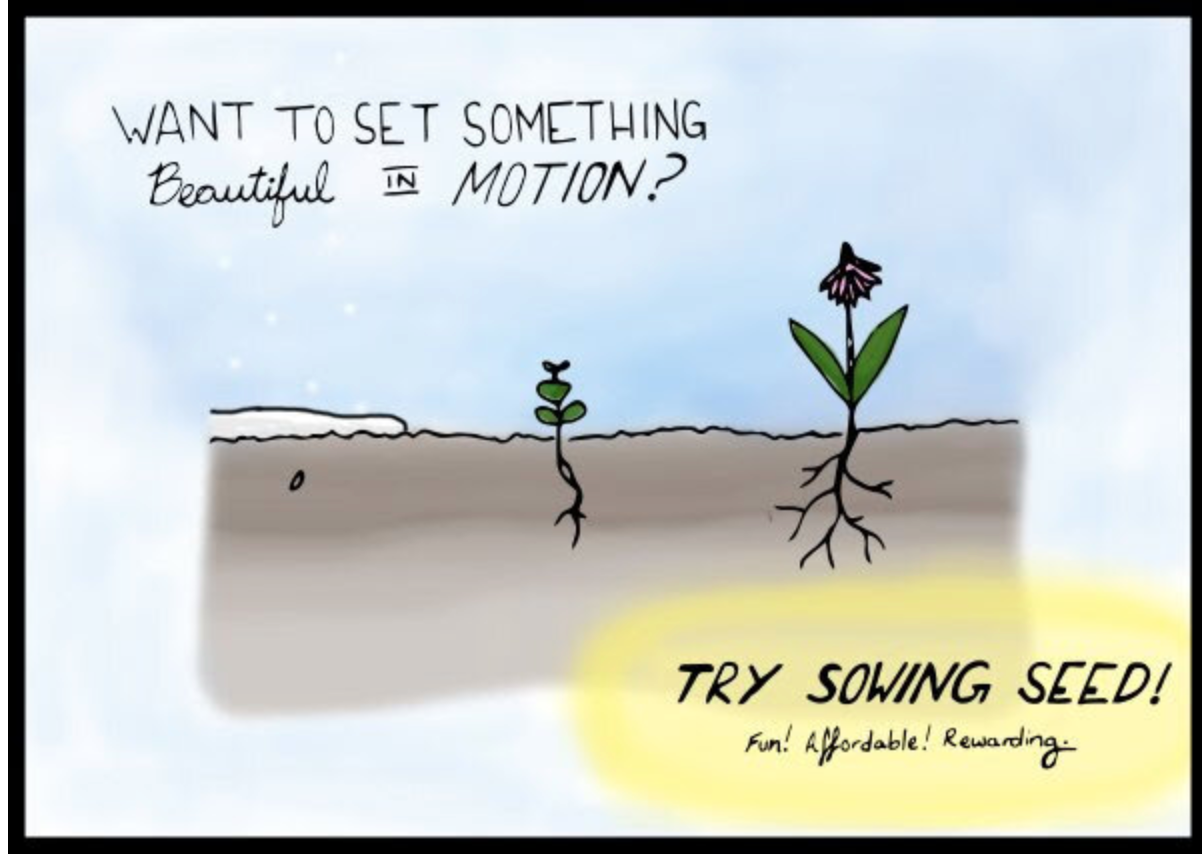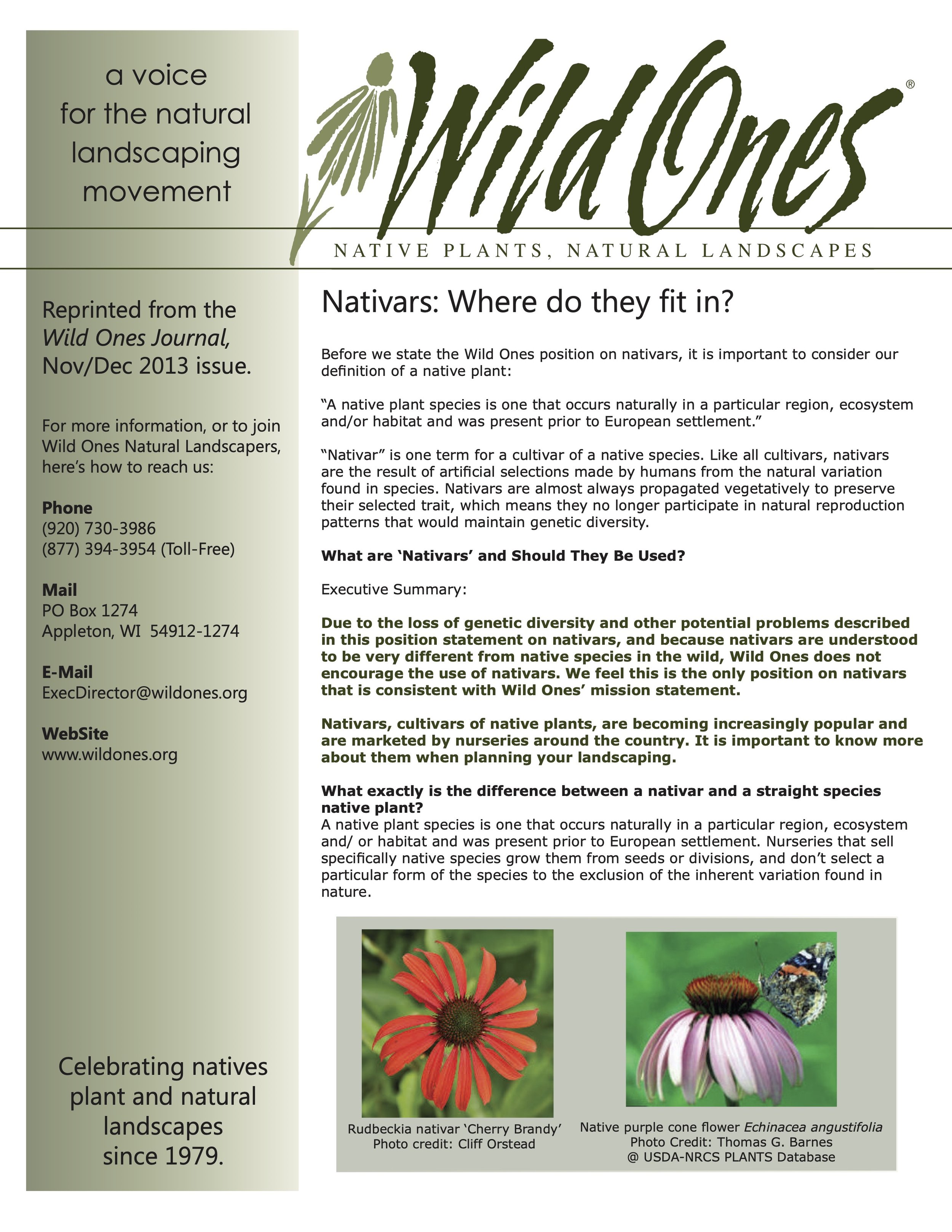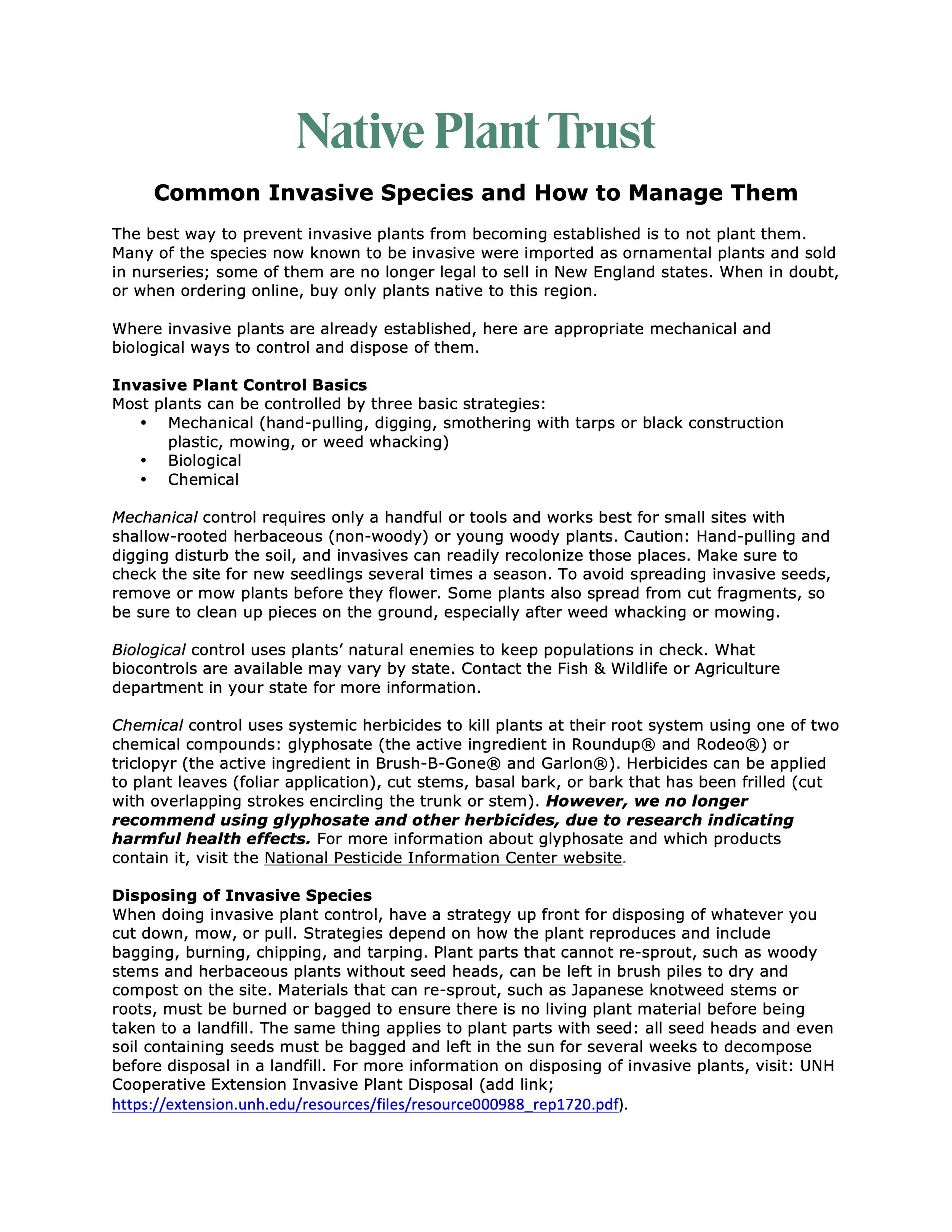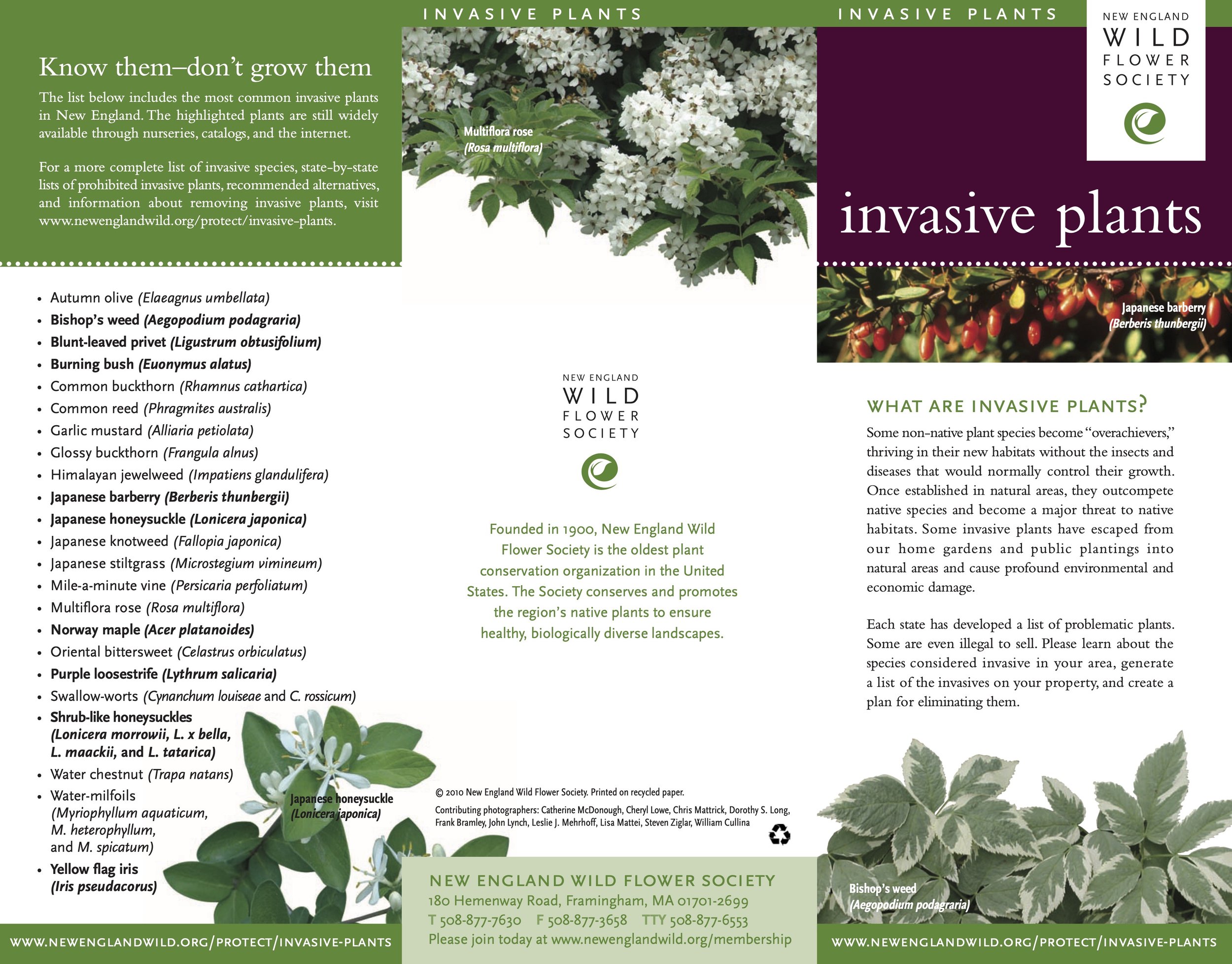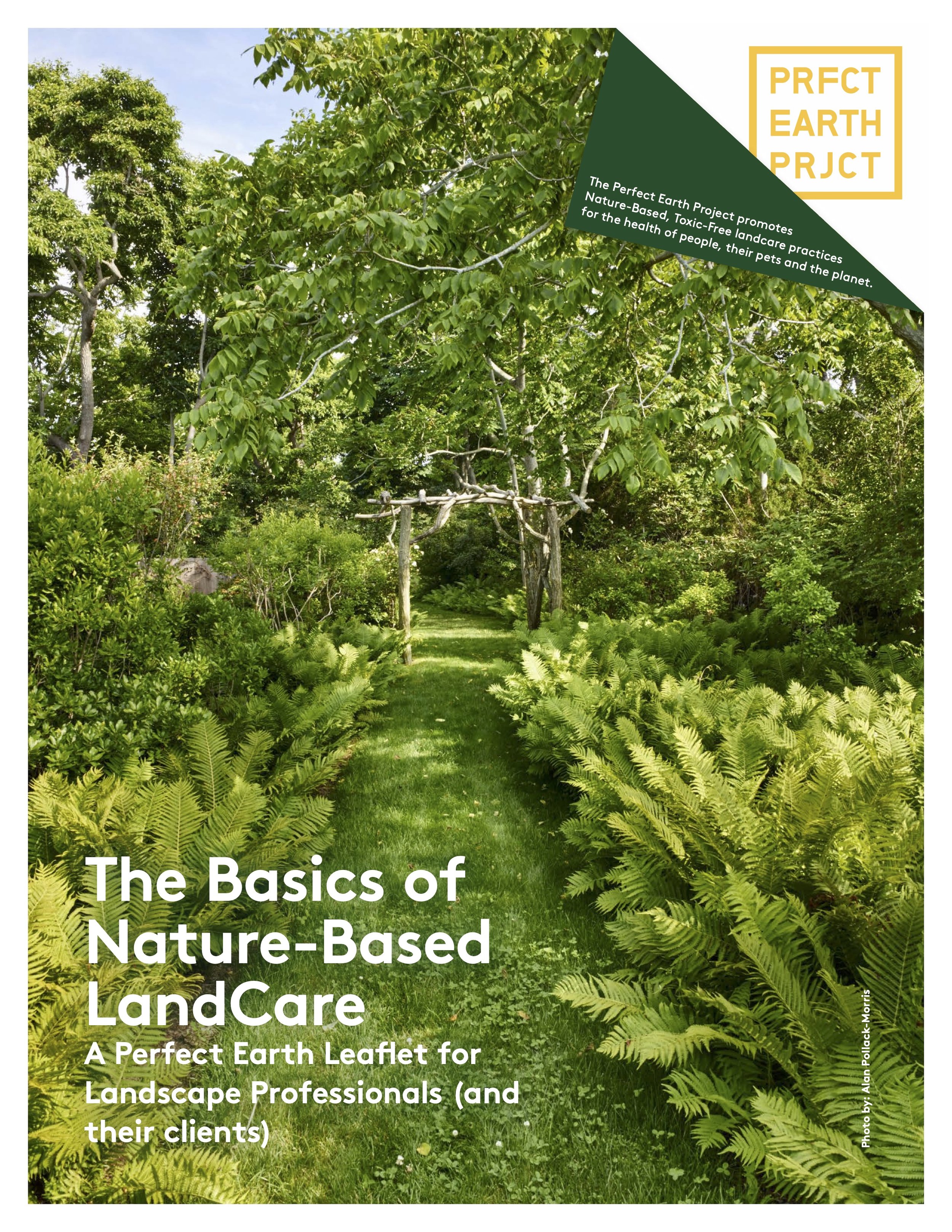After getting started with planting natives, rethinking the lawn, and avoiding pesticides, you may have some specific questions. This page is based off of homeowner needs identified during summer 2022 focus groups.
We know to plant native plants, but what about nativars? They’re native plants that have been selected for characteristics like flower color. This article summarizes the impact of nativars on insect foraging and eating. Overall, it's best to select straight native species as they have co-evolved with our insects and pollinators.
If you live in Fairfield County, you know that deer have benefitted from habitat fragmentation and the transition to suburban environments. We summarize the options available to gardeners concerned about the intrusion of deer: constructing tall fences, planting perennials away from woodland cover, or using non-chemical repellants such as the urine of predators.
A guide from Kate Brandeis on planting small gardens that tackles some of the misconceptions about native plants.
Learn "how to" replace common invasives in your yard with natives. “Find and replace” plants are selected for similar appearances and maintenance profiles.
“Leave the Leaves” to let the wildlife that overwinter rest in peace! There are benefits to tucking in beds and leaving stalks to protect shelter, soil microbes, and soil nutrients.
You can start a garden for wildlife! 1. Plant an oak; 2. Add a bird bath; 3. Create a layered planting or border; 4. Build a native arbor; 5. Add groves or thickets; 6. Plant native fruit trees; 7. Screen with native hedges; 8. Encourage pools and ponds; 9. Make a meadow; 10. Grow vines
Plant your trees to thrive by using the tree doughnut ring technique. It will “keep weeds down and keep moisture in without harming your tree.”
Do you want to attract bees, butterflies, and hummingbirds into your yard and help your plants grow? Take these seven steps to create a pollinator garden.
www.architecturaldigest.com
Here’s a list of plants that are less likely to be damaged by deer. While no species is immune to intense pressure from these herbivores, you'll get better results by sticking to the deer's "less favorite" plants.
Winter sowing is an affordable way to add native plants to your property, during a time of year when other gardening may be at a halt.
Planting true native plants, that have not been selectively bred for nursery characteristics, increases genetic diversity. This will ultimately increase the resilience of the gardens you call home.
The Native Plant Trust's recommended techniques for controlling invasives span mechanical, biological, and chemical strategies.
Here are the native species that provide the same color and texture as common invasives, but provide better food and habitat for the ecosystem.
This guide from our ally the Perfect Earth Project describes how landscape professionals and their clients can come to a common understanding of stewardship.


